소개
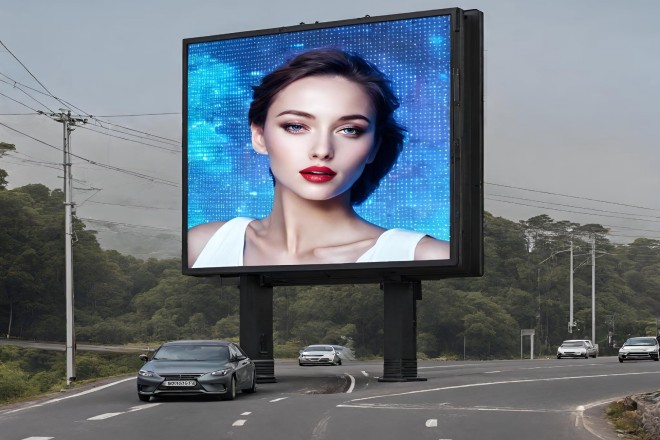
LED 디스플레이 shines in the field of information display with its high brightness, clarity and energy saving.
Outdoor and semi-outdoor LED display screens show their own unique advantages due to different usage environments and performance requirements. This article aims to analyze the main differences between the two in detail and provide a valuable reference for readers’ choices.
1. Definition of outdoor LED display screen and semi-outdoor LED display screen
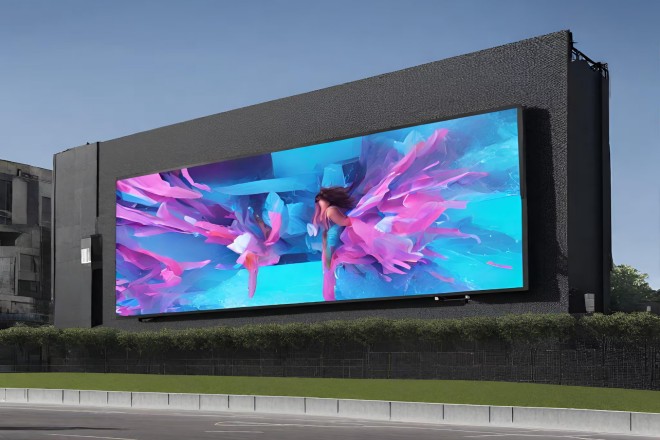
1). 야외 LED 디스플레이 화면:
Outdoor LED display screen is a display device widely used in public places, commercial streets, government agencies and other places. It is usually composed of multiple LED modules, each of which is composed of multiple LED lamp beads.
These LED lamp beads are controlled by control circuits and can display different texts, pictures, videos and other information. Outdoor LED display screens can convert electrical signals into optical signals and display information by controlling the on and off state of LED lamp beads.
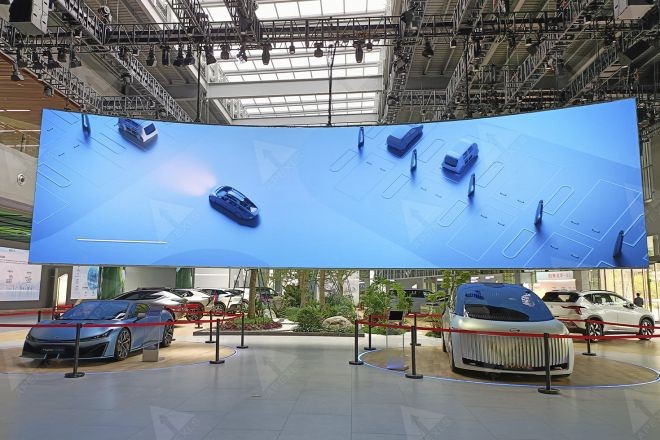
2). Semi-outdoor LED display:
Semi-outdoor LED display is a display device between indoor and outdoor, suitable for some semi-open and semi-closed environments. This screen has certain protective properties and can be used in some places that are less affected by weather.
2. The difference between outdoor LED display and semi-outdoor LED display
1). Differences in manufacturing process
1.1). 야외 LED 디스플레이:
- Complex process:
The manufacturing process is quite particular. First, the internal electronic components must be glued. This step is to enhance the waterproof and dustproof performance of the display and ensure stable operation in harsh outdoor environments.
After the glue is filled, these components are assembled into a fully enclosed box, which is not only sturdy and durable, but also further protects the display from the external environment.
- High-quality materials:
Due to long-term exposure to the outdoors, the materials used are specially selected to ensure that they can withstand high temperatures, low temperatures, humidity, ultraviolet rays, and other challenges.
1.2) 반실외 LED 디스플레이:
- Simplified process:
Compared with outdoor screens, the manufacturing process of semi-outdoor screens is relatively simple, and glue filling is usually not required. This is because they are installed in relatively sheltered environments, such as carports, under overpasses, etc., so the resistance to the external environment is not so high.
- 비용 효율성:
Due to the lack of complex glue filling and high-level protection requirements, the cost of semi-outdoor screens is usually lower, and it is more suitable for application scenarios with limited budgets but requiring certain display effects.
2). Difference in waterproof performance
2.1). Outdoor LED display:
- Fully waterproof design:
Outdoor screens must have a high degree of waterproof performance to prevent liquids such as rain and snow from penetrating and causing circuit short circuits or damage. Usually, they will adopt IP65 or higher waterproof grade standards to ensure normal operation in all kinds of bad weather.
2.2). Semi-outdoor LED display:
- Moderate waterproof:
Although semi-outdoor screens do not need to be fully waterproof like outdoor screens, they still need to be able to resist a certain degree of humidity and moisture.
Generally speaking, the waterproof grade of semi-outdoor screens will be lower than that of outdoor screens, but it is still enough to deal with humidity problems in most semi-sheltered environments.
3). Difference between brightness and clarity
3.1). Outdoor LED display:
- 높은 명도 설계:
In order to cope with the strong sunlight outdoors, outdoor screens usually use high-brightness LED lamp beads and are equipped with high-precision control systems to ensure clear and bright display effects even under strong light.
3.2). Semi-outdoor LED display:
- Moderate brightness:
The brightness design of semi-outdoor screens is more moderate because they are usually installed in a semi-shaded environment and do not need to deal with strong sunlight like outdoor screens.
Moderate brightness can not only reduce energy consumption but also provide a more comfortable viewing experience.
4). Comparison of cabinet and protection level
4.1). Outdoor LED display:
- Fully enclosed cabinet:
The cabinet of the outdoor screen usually adopts a fully enclosed design, which has a high degree of protection and can withstand various external damages such as wind, sand, rain, snow, and impact. This design not only protects the display itself but also extends its service life.
4.2). Semi-outdoor LED display:
Simple cabinet: The cabinet of the semi-outdoor screen is relatively simple, usually made of direct aluminum or a simple cabinet structure. Although the protection performance is not as good as that of the outdoor screen, it is sufficient to meet the use requirements in a semi-shaded environment.
5). Cost and maintenance considerations
5.1). Outdoor LED display:
- 고비용:
Due to the use of high-quality materials and complex production processes, the cost of outdoor screens is usually high. At the same time, due to its long-term exposure to the outdoor environment, regular maintenance and care are required to ensure its stable operation.
5.2). Semi-outdoor LED display:
- Low cost:
Compared with outdoor screens, semi-outdoor screens have lower costs and are more suitable for application scenarios with limited budgets. At the same time, since it is installed in a relatively sheltered environment, the maintenance requirements are relatively low, which can save a certain amount of maintenance costs.
In summary, there are significant differences between outdoor LED display screens and semi-outdoor LED display screens in terms of the production process, waterproof performance, brightness and clarity, cabinet and protection level, cost, and maintenance.
When choosing, it is necessary to make a comprehensive consideration based on the specific application scenario, budget requirements, and display effect requirements.
3. Application scenarios of outdoor LED display screens and semi-outdoor LED display screens
Outdoor LED display screens and semi-outdoor LED display screens are suitable for different application scenarios due to their respective characteristics. The following is a detailed description of the application scenarios of the two:
1). Application scenarios of outdoor LED display screens
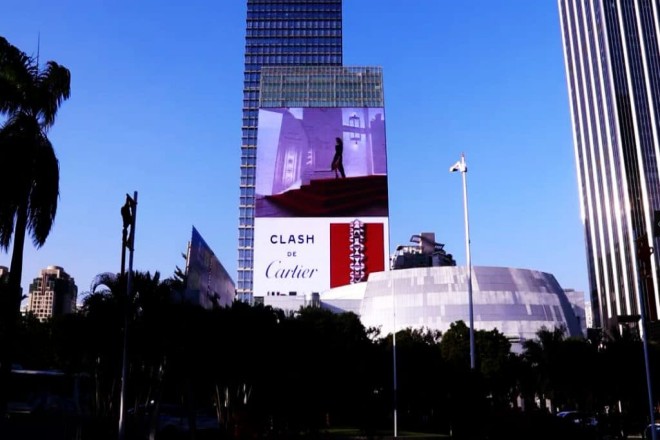
1.1). Streets and squares
- All-weather display:
Outdoor LED display screens are very suitable for use in all-weather outdoor places such as streets and squares due to their high brightness and fully waterproof design. Whether it is day or night, it can ensure that the information is clearly visible.
- 광고하는:
Streets and squares are crowded areas, and outdoor LED screens can attract a lot of attention, making them an ideal choice for brand promotion.
- Live broadcast of events:
In large-scale outdoor events or celebrations, outdoor LED screens can be used for live broadcasts to deliver the highlights of the event in real-time.
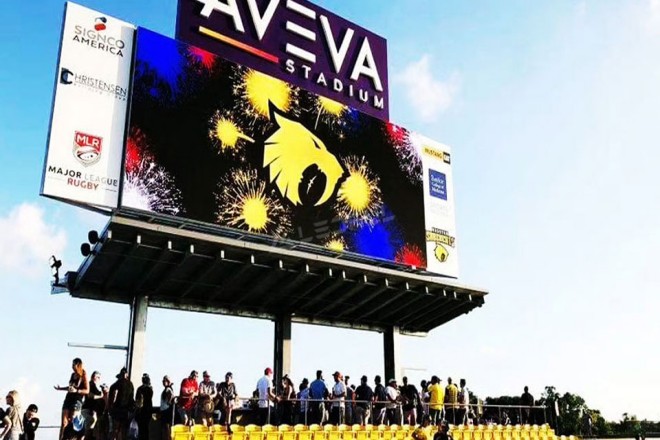
1.2). 경기장
- Live broadcast of events:
In sports events, outdoor LED screens can broadcast the game screen in real time, allowing the audience to keep abreast of the dynamics of the event.
- Score display:
For events that require real-time updates of scores or game information, outdoor LED screens can quickly and accurately display relevant information.
- Advertising sponsorship:
Stadiums are popular places for brand sponsorship, and outdoor LED screens are an important medium for displaying sponsored brands.
2). Application scenarios of semi-outdoor LED screens
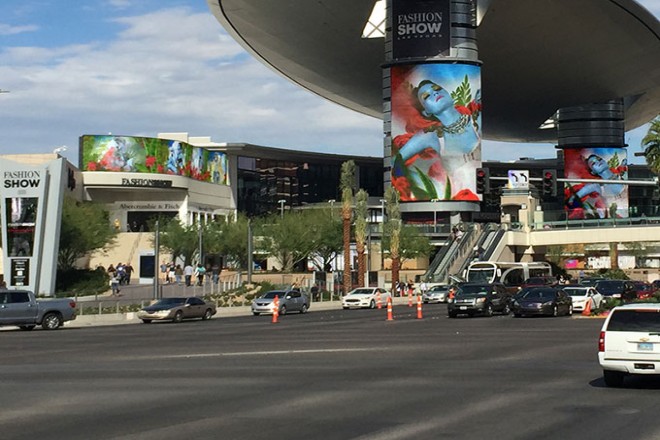
2.1). 쇼핑몰
- 광고 표시:
There are usually multiple advertising spaces in shopping malls. Semi-outdoor LED screens are the preferred choice for advertising displays because of their relatively low cost and good display effect.
- Promotional information:
In promotional activities such as shopping festivals and store celebrations, semi-outdoor LED screens can update promotional information in real-time to attract customers’ attention.
- 탐색 안내:
The internal structure of shopping malls is complex, and semi-outdoor LED screens can display floor navigation, store location, and other information to facilitate customers’ shopping.
2.2). Parks and bus stations
- 정보 공개:
Parks and bus stations are public places with large flow of people. Semi-outdoor LED screens can be used to release weather forecasts, traffic information, park activities and other content.
- Public publicity:
These places are also important positions for public publicity. Semi-outdoor LED screens can play public service advertisements, health knowledge and other content to enhance public awareness.
- 환경 미화:
Semi-outdoor LED screens are more flexible in design and can be integrated with the surrounding environment to become part of the beautification of urban landscape.
결론
In summary, outdoor and semi-outdoor LED screens have their own advantages in the production process, performance characteristics, and application scenarios. When choosing, it is necessary to combine actual needs and environmental factors to make the most suitable decision.
With the continuous advancement of technology, the application prospects of LED screens will be broader, and we look forward to them adding more color and vitality to our lives.
마지막으로 LED 스크린에 대해 더 알고 싶다면, 우리에게 연락해주세요.
